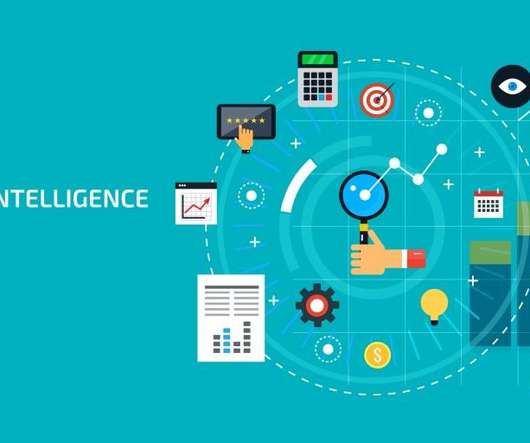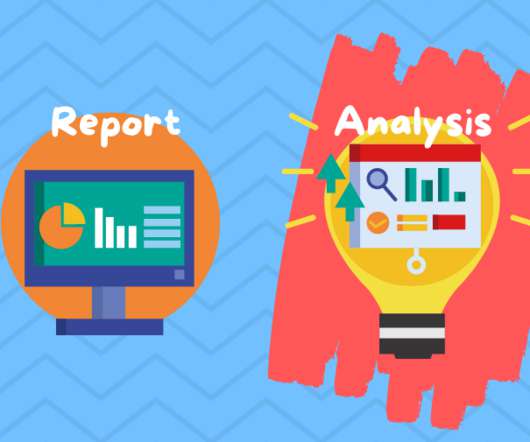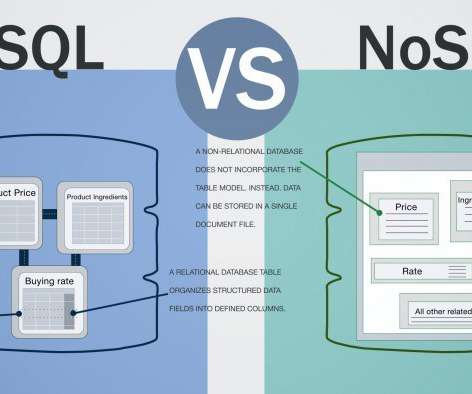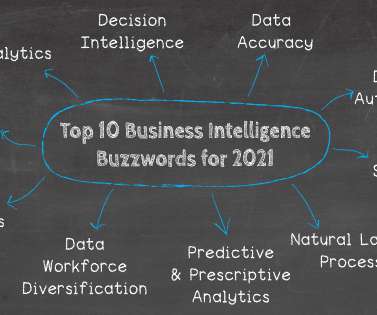What is business analytics? Using data to improve business outcomes
CIO Business Intelligence
JULY 5, 2022
Descriptive analytics uses historical and current data to describe the organization’s present state by identifying trends and patterns. Predictive analytics: What is likely to happen in the future? Prescriptive analytics: What do we need to do? Prescriptive analytics: What do we need to do?






















Let's personalize your content